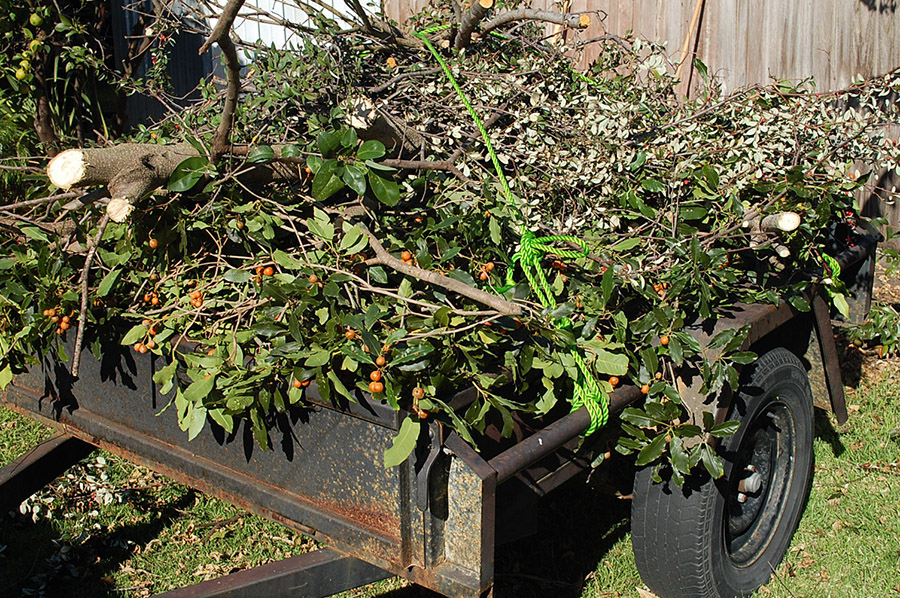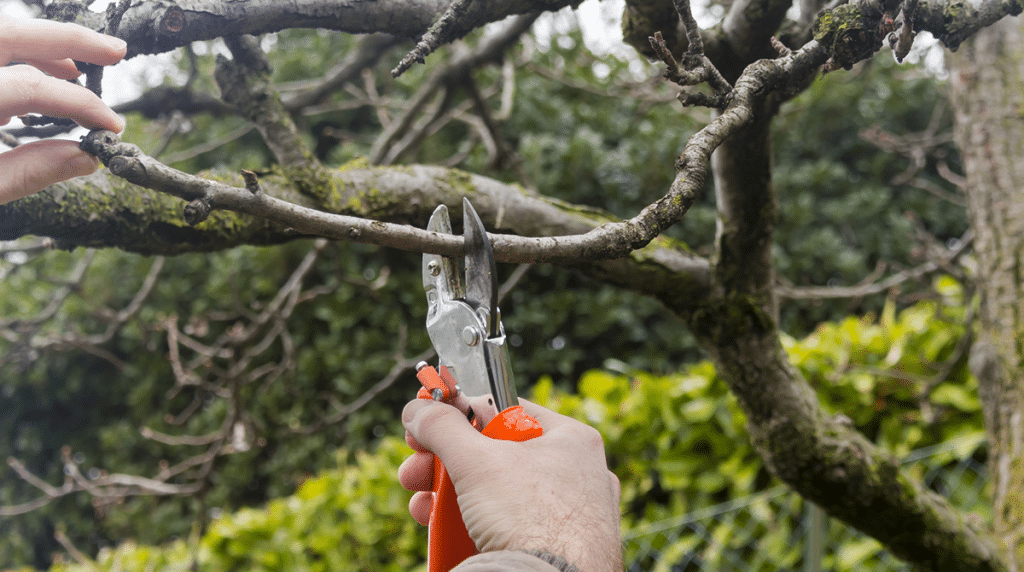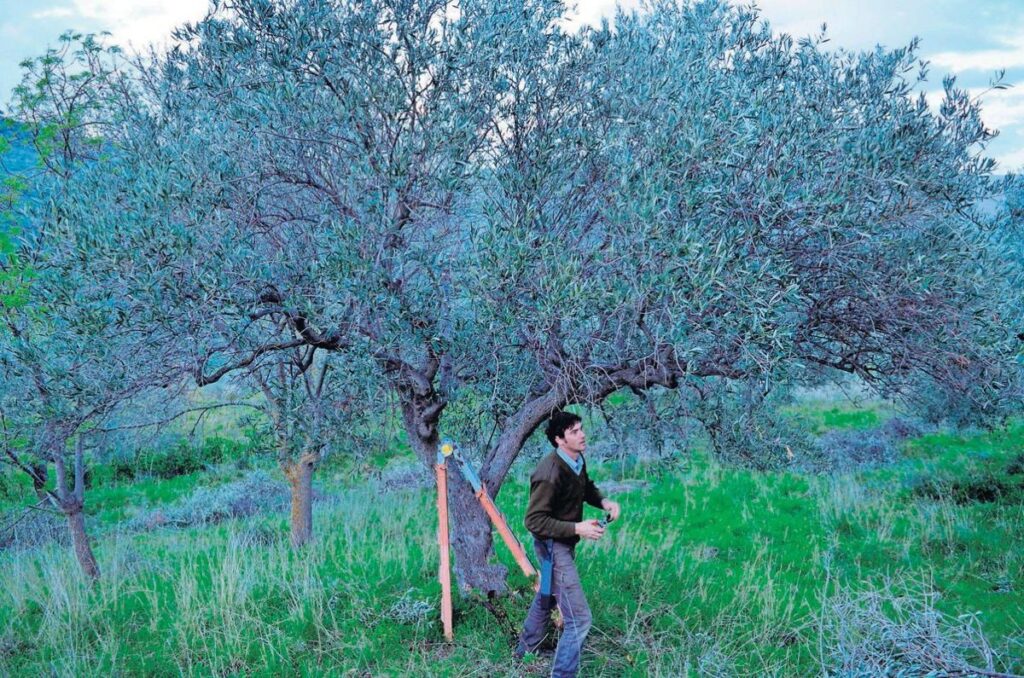Tree Loppers Near Me and the Everyday Ethics of Urban Tree Care
What is the Role of Tree Loppers in Urban Environments and Why Are They Important?
Tree loppers are specialized professionals who maintain, prune, and manage trees within city landscapes, ensuring urban forests remain healthy and safe for communities. When searching for “tree loppers near me,” you’re looking for experts who understand both arboriculture science and the unique challenges of maintaining trees in built environments.
The Importance of Urban Trees
Urban trees serve as the lungs of our cities, delivering essential environmental and health benefits that make city living sustainable. These green sentinels work tirelessly to:
- Filter air pollutants and produce oxygen for dense populations
- Regulate local climate by providing cooling shade and reducing urban heat islands
- Support biodiversity by offering habitat and food sources for birds, insects, and small mammals
- Reduce noise pollution through natural sound barriers
- Manage stormwater by absorbing rainfall and preventing runoff
Beyond Environmental Benefits
The importance of urban trees extends beyond environmental metrics. They enhance property values, create inviting public spaces, and contribute to mental wellbeing by connecting city dwellers with nature. Tree loppers near me play a critical role in preserving these benefits through expert care that balances tree health with public safety.
The Consequences of Neglecting Tree Care
Without qualified professionals practicing urban tree care ethics, cities would lose these vital assets to disease, structural failure, or unnecessary removal. Proper tree management ensures communities continue enjoying the remarkable services these living infrastructure elements provide.

What Services Do Tree Loppers Near Me Typically Provide?
Tree pruning services form the backbone of professional tree care, involving the selective removal of branches to improve structure, health, and appearance. Qualified tree loppers assess which limbs require attention, removing dead or diseased wood whilst shaping the canopy to promote balanced growth. This targeted approach prevents overcrowding and allows sunlight to penetrate the inner branches.
Tree trimming focuses on maintaining a tree’s aesthetic appeal and preventing interference with buildings, power lines, or pedestrian areas. Regular trimming keeps trees at appropriate heights and widths for urban spaces, reducing the risk of storm damage when heavy branches become hazardous.
Tree removal becomes necessary when trees pose safety risks, suffer from irreversible disease, or conflict with essential development. Professional loppers evaluate whether removal is genuinely required or if alternatives exist. They employ specialised equipment and techniques to safely dismantle trees in confined urban settings.
These services work together to sustain urban forests. Proper pruning extends tree lifespans by 15-20 years, whilst strategic trimming reduces emergency callouts by addressing problems before they escalate.
Why Is Ethical Practice Crucial in Urban Tree Care?
Ethical tree care protects both people and the environment by ensuring decisions about trees serve multiple interests responsibly. Urban trees deliver measurable benefits—cleaner air, cooler streets, wildlife habitat—yet they can pose risks when diseased or structurally compromised, and sometimes conflict with infrastructure projects.
Unethical practices create lasting damage. Topping trees (severe cutting that removes most of the crown) weakens structural integrity and shortens lifespan. Removing healthy trees without proper assessment eliminates decades of carbon storage and habitat. Poor pruning techniques invite disease and pest infestations that spread through urban forests.
Communities suffer when tree care companies prioritise profit over environmental stewardship. Unnecessary removals reduce property values, increase urban heat, and eliminate shade that reduces energy costs. Failing to assess alternatives—like selective pruning or root management—demonstrates disregard for urban safety and ecological balance.
The ethical approach requires qualified professionals who evaluate each tree’s condition, explore preservation options first, and communicate honestly about risks. This standard protects residents whilst maintaining the green infrastructure cities depend upon.
How Do Tree Loppers Balance Safety and Environmental Concerns?
Tree risk assessment is the basis of responsible urban tree management. Certified arborists carry out thorough inspections looking at root systems, trunk stability, branch structure, and signs of disease. These assessments find potential dangers before they become serious—dead branches posing a threat to pedestrians, rotting roots affecting building foundations, or an uneven canopy making trees more susceptible to storms.
Sustainable pruning methods keep trees healthy while also meeting safety needs:
- Selective crown thinning removes specific branches instead of cutting indiscriminately, which helps maintain the tree’s natural growth shape
- Directional pruning encourages growth away from buildings without removing too much
- Seasonal timing schedules cuts according to the tree’s biological cycles, promoting quicker healing and reducing stress
- Proper wound management involves making clean cuts at branch collars and avoiding flush cuts that can lead to decay
The environmental impact goes beyond just individual trees. Skilled tree loppers figure out how much carbon mature trees store, look into wildlife habitats that depend on them, and assess the ecosystem benefits they provide before suggesting removal. When pruning is necessary, recycling green waste turns branches and leaves into mulch, replenishing nutrients in urban soils instead of adding to landfill waste. This holistic approach shows how science-based choices connect the work of Tree Loppers Near Me and the Everyday Ethics of Urban Tree Care.
What Are the Environmental Implications of Tree Removal in Cities?
Removing a mature urban tree releases stored carbon back into the atmosphere, undermining decades of carbon storage. A single large tree can store hundreds of kilograms of carbon dioxide, and its removal immediately contributes to urban tree removal impact through carbon release that worsens climate change.
Ecosystem disruption extends far beyond carbon concerns:
- Wildlife displacement: Birds, insects, and small mammals lose nesting sites and food sources
- Microclimate changes: Removal increases local temperatures and reduces humidity regulation
- Soil degradation: Tree roots prevent erosion and maintain soil structure; their absence leads to compaction and nutrient depletion
- Water cycle disruption: Trees intercept rainfall and reduce stormwater runoff; removal increases flood risk and water pollution
The cumulative effect of multiple tree removals fragments urban green corridors, isolating wildlife populations and reducing biodiversity. Each tree lost diminishes the city’s natural infrastructure—a network that took years to establish but can be destroyed in hours. This study highlights the profound effects such actions have on urban ecosystems, emphasizing the need for more sustainable practices in city planning and management.
How Do Regulations Influence Ethical Urban Tree Care?
Do councils control which trees can be removed? Yes—tree removal permits are mandatory in most Australian municipalities before cutting down protected species or trees above certain sizes. Local governments maintain registers of significant trees, requiring property owners to apply for permission before any work begins. These regulations prevent impulsive decisions that could damage urban canopy coverage.
Heritage tree protection laws add another layer of oversight. Trees with historical, cultural, or botanical significance often carry preservation orders that prohibit removal without exceptional circumstances. Penalties for unauthorised removal can reach tens of thousands of dollars, reflecting the irreplaceable nature of mature specimens.
Councils also offer incentives that encourage preservation:
- Reduced permit fees for pruning instead of removal
- Grants for professional arborist assessments
- Rate rebates for properties maintaining significant trees
- Free advice on tree care alternatives
These frameworks create accountability, ensuring tree loppers and property owners consider environmental impacts before making irreversible decisions. Qualified arborists navigate these requirements daily, helping clients understand their legal obligations whilst exploring every option to retain valuable urban trees.
What Responsibilities Do Tree Care Companies Have Toward Clients and the Environment?
Tree care companies have two main responsibilities: protecting urban ecosystems while also meeting the needs of property owners. These responsibilities go beyond just completing jobs; they also involve maintaining professional standards that protect both natural resources and the trust of the community.
1. Arborist Qualifications
The foundation of ethical practice in tree care is having qualified arborists. This means that companies must hire certified professionals who have a deep understanding of tree biology, can identify diseases, and know how to prune trees correctly. If an unqualified person is in charge of these tasks, they may accidentally harm a healthy tree by making incorrect cuts or recommending unnecessary removals for profit instead of necessity.
2. Client Communication
Tree care companies have a responsibility to communicate openly and honestly with their clients about the condition of their trees. Ethical providers should explain:
- The true health status of trees, without exaggerating risks
- Various treatment options available and their realistic outcomes
- The long-term effects of each approach
- All costs involved, without any hidden fees
When property owners search for “Tree Loppers Near Me and the Everyday Ethics of Urban Tree Care,” they deserve transparency from the companies they contact. Reputable tree care companies document their assessments with photographs, provide written reports, and answer any questions without using pressure tactics. They prioritise recommending preservation strategies before suggesting removal, understanding that mature trees represent decades of environmental investment that cannot be easily replaced.

How Does Arboriculture Australia Promote Ethics and Sustainability in Urban Tree Management?
Arboriculture Australia standards serve as the benchmark for professional tree care across the nation, establishing guidelines that protect both urban forests and public safety. As the primary national body representing qualified arborists and tree care specialists, the organisation sets certification requirements that ensure practitioners possess proper training in tree biology, risk assessment, and sustainable management techniques.
The organisation champions industry education through multiple channels:
- Accredited training programmes that cover modern arboriculture science
- Annual conferences bringing together experts to share research findings
- Workshops addressing practical challenges like drought-stressed trees and pest management
- Safety protocol updates reflecting current best practices
These initiatives directly combat the skills shortage affecting the tree care sector. By maintaining rigorous standards for member qualifications, Arboriculture Australia ensures that tree loppers searching for work near residential areas can demonstrate verified expertise. The organisation’s emphasis on continuing professional development means certified arborists stay current with evolving techniques in tree preservation, from advanced pruning methods to eco-friendly pest control approaches that minimise chemical use in urban settings.
Conclusion
Responsible urban tree care depends on choosing professionals who prioritise both safety and environmental stewardship. When searching for “Tree Loppers Near Me and the Everyday Ethics of Urban Tree Care”, verify credentials through Arboriculture Australia’s directory and ask about sustainable practices before hiring.
Your choice matters. Qualified arborists assess tree health thoroughly, recommend preservation over removal when possible, and employ methods that protect urban ecosystems. They communicate transparently about treatment options and regulatory requirements.
Request a consultation from certified local tree loppers today—professionals who understand that every pruning decision shapes our urban forests for generations to come. Ethical tree care isn’t just about maintaining trees; it’s about nurturing the green infrastructure our cities desperately need.
Learn about: Tree Loppers and the Craft of Maintaining the Urban Canopy


